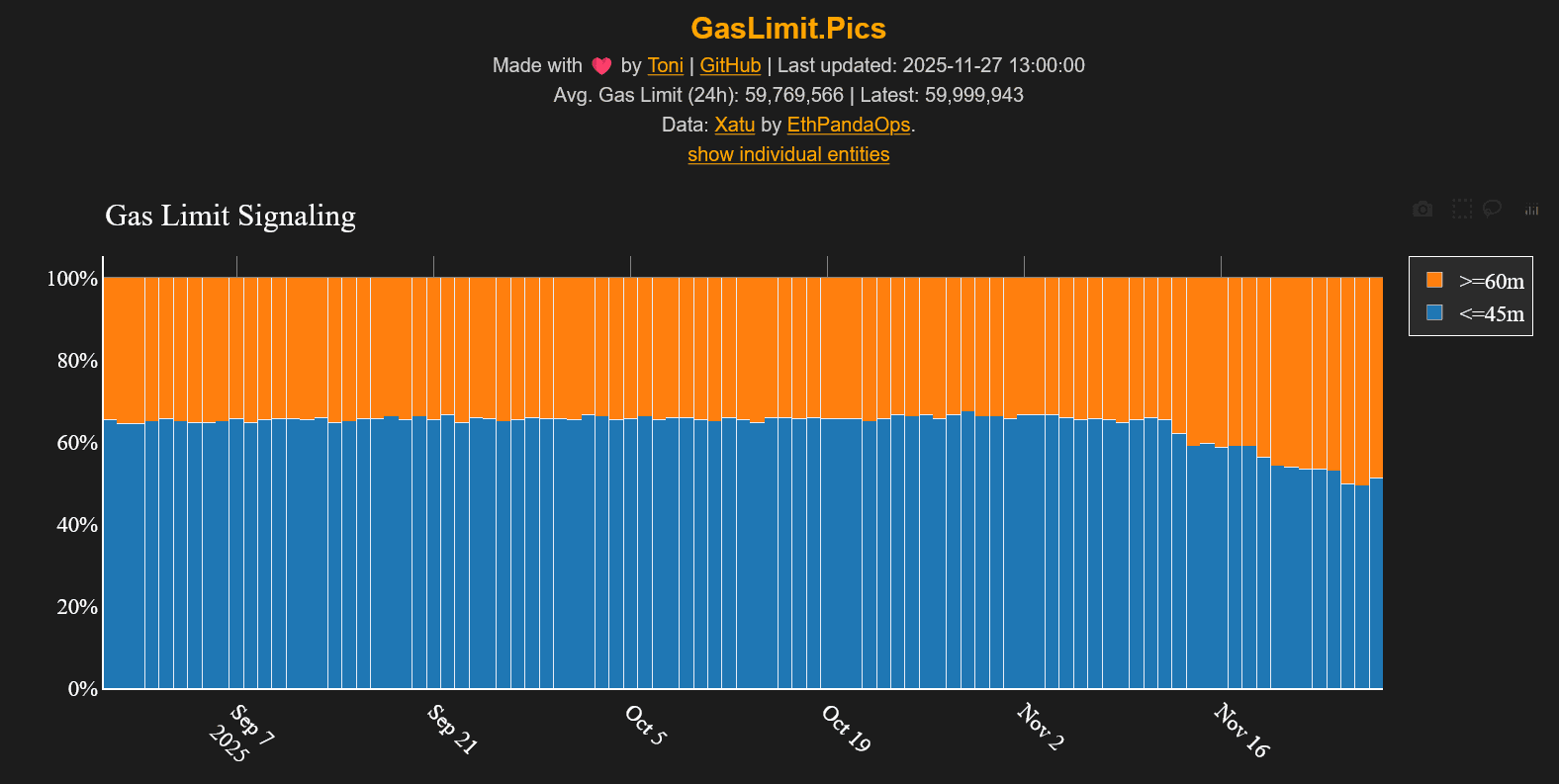GameStop's Profit Strategy: Short Sellers, Brick-and-Mortar Stores, and Interest Rate Expectations Intersect
- GameStop (GME) shares rose near 52-week lows amid high short interest and retail-driven speculation, with a potential short squeeze looming as open options activity surged. - Institutional investors cut $5.4B in MicroStrategy (MSTR) holdings, linking crypto-focused MSTR to GME's 2021 meme stock dynamics amid MSCI index exclusion risks. - A December Fed rate cut (85% probability) could boost retail spending and speculative appetite, countering bearish positioning despite GME's 21.8% Q3 revenue growth. - A
GameStop Shares Gain Momentum Amid Market Speculation
GameStop Corp. (GME) has recently experienced a surge in share price, fueled by increased options trading activity as its earnings announcement approaches. Both investors and analysts are monitoring the stock closely for any indications of a short squeeze or a broader rally driven by retail traders. On November 24, GME traded just above its 52-week low of $19.93, buoyed by optimism in the retail sector sparked by talk of a possible Federal Reserve rate cut in December.
Short interest in GameStop remains high, placing it among the most heavily shorted large-cap stocks, according to NASDAQ figures. This creates a highly volatile environment, where a sudden price jump could set off a wave of buying as short sellers rush to cover their positions.
Institutional investors have been quietly reducing their stakes in GME. In the third quarter, major firms such as Vanguard, BlackRock, and Fidelity collectively trimmed $5.4 billion from their holdings in MicroStrategy (MSTR), a company often compared to GameStop due to its involvement in the 2021 meme stock phenomenon. While MSTR’s decline is partly attributed to MSCI’s consideration of removing crypto treasury firms from its indexes, broader market forces—including stricter margin requirements and risk controls among institutions—have also impacted retail-oriented stocks like GameStop.

GameStop’s recent stock movements have been shaped by a mix of economic trends and speculative trading. The company saw a temporary 7.5% boost in October after a viral White House post, featuring President Donald Trump, promoted its “end of console wars” campaign. Meanwhile, Point72 Asset Management, led by Steven Cohen, increased its put options on GME, reflecting ongoing doubts about the company’s turnaround despite notable revenue growth. GameStop reported $972.2 million in revenue for the third quarter, a 21.8% increase from the previous year. Nevertheless, analysts continue to recommend reducing exposure to the stock, with an average price target of $13.50.
Options market data highlights the heightened anticipation surrounding GME. Both open interest and trading volume for its options have climbed, as traders position themselves for potential gains or losses. The futures market currently assigns an 85% probability to a December rate cut, which could ease pressure on consumer spending—a crucial factor for GameStop’s business—and potentially revive speculative interest. Historically, lower interest rates have encouraged risk-taking, which may counteract the prevailing bearish sentiment in the stock.
On a broader scale, the market is witnessing a pushback against established financial institutions. Supporters of Bitcoin have urged a boycott of JPMorgan after the bank warned that MicroStrategy could see $8.8 billion in outflows if excluded from MSCI indexes. Although this development directly affects MSTR, it has reignited the debate between institutional and retail investors, drawing comparisons to the GameStop saga of 2021. This renewed narrative, combined with GameStop’s upcoming earnings release on December 9, could contribute to further volatility.
Looking ahead, GameStop’s future remains uncertain. The company’s fundamentals are solid, with annual sales approaching $3.85 billion and a strong cash position. However, its stock performance will likely depend on broader economic trends and the mood of retail investors. Analysts at Benzinga Edge point out the disconnect between GameStop’s robust growth figures and its lackluster share price, suggesting that a positive earnings surprise could mark a turning point for the stock.
Disclaimer: The content of this article solely reflects the author's opinion and does not represent the platform in any capacity. This article is not intended to serve as a reference for making investment decisions.
You may also like
Top 5 Altcoins to Buy in December 2025
ETH Gas Limit Jumps to 60M and the Timing Is Wild

Animoca Receives ADGM Authorization, Opening a Regulated Avenue for Institutional Web3 Investments
- Animoca Brands secures in-principle approval from ADGM to operate as a regulated fund manager, advancing its institutional Web3 investment strategy in the Middle East. - The conditional approval enables compliance-focused expansion, aligning with UAE's blockchain innovation goals and institutional-grade investment pathways in gaming, NFTs, and tokenized assets. - With stakes in 600+ Web3 ventures, Animoca plans to integrate its ecosystem into regulated structures, complementing its $1B valuation target v

Dogecoin Latest Updates: Crypto Winter Challenges DOGE ETFs While Technical Indicators Suggest a Potential 80% Surge
- Dogecoin (DOGE) could surge 80-90% as ETF launches approach, driven by a falling wedge pattern and institutional interest in Grayscale's GDOG and 21Shares' products. - Technical analysts compare DOGE's potential to XRP's 2025 ETF-driven rally, though broader crypto weakness and high interest rates pose risks to sustained gains. - While DOGE trades below key moving averages and faces $0.1495 resistance, a breakout above the wedge's trendline could push prices toward $0.27–$0.29. - Long-term projections su